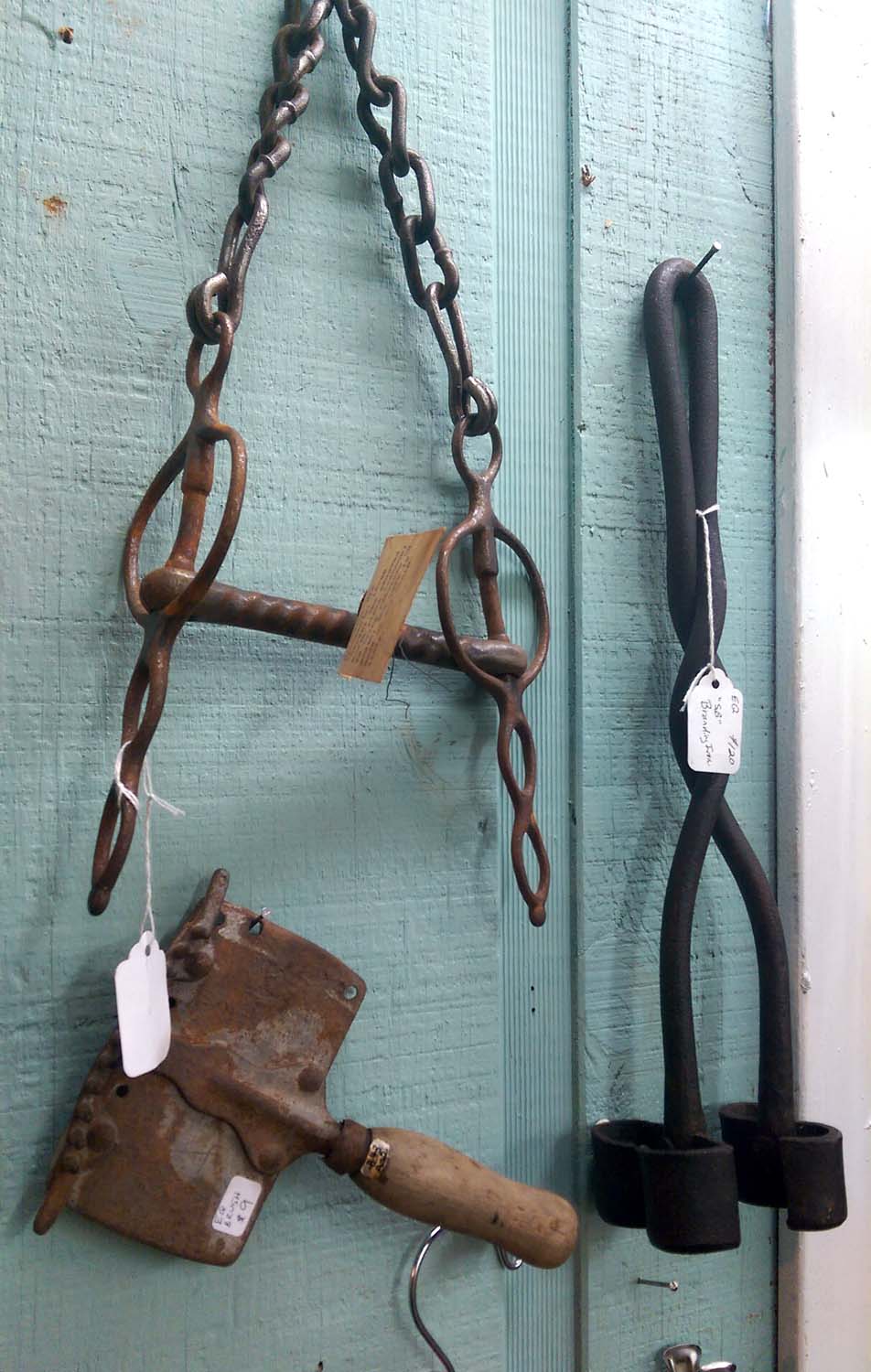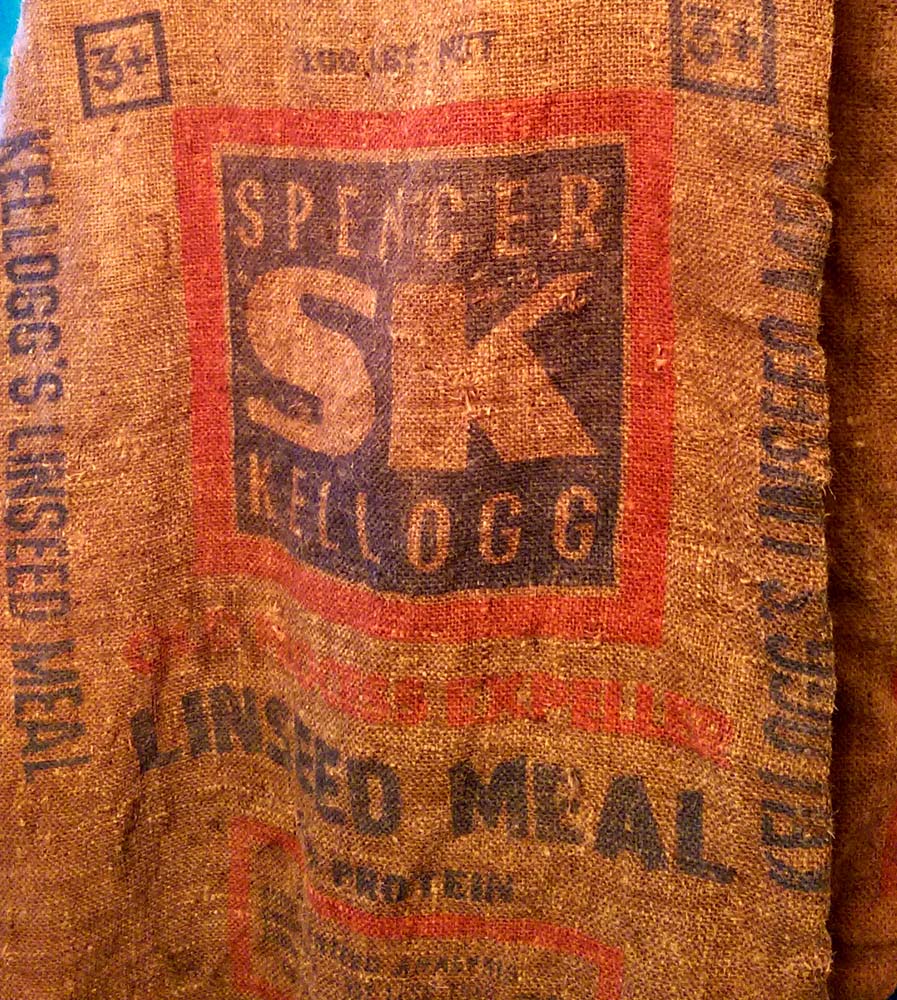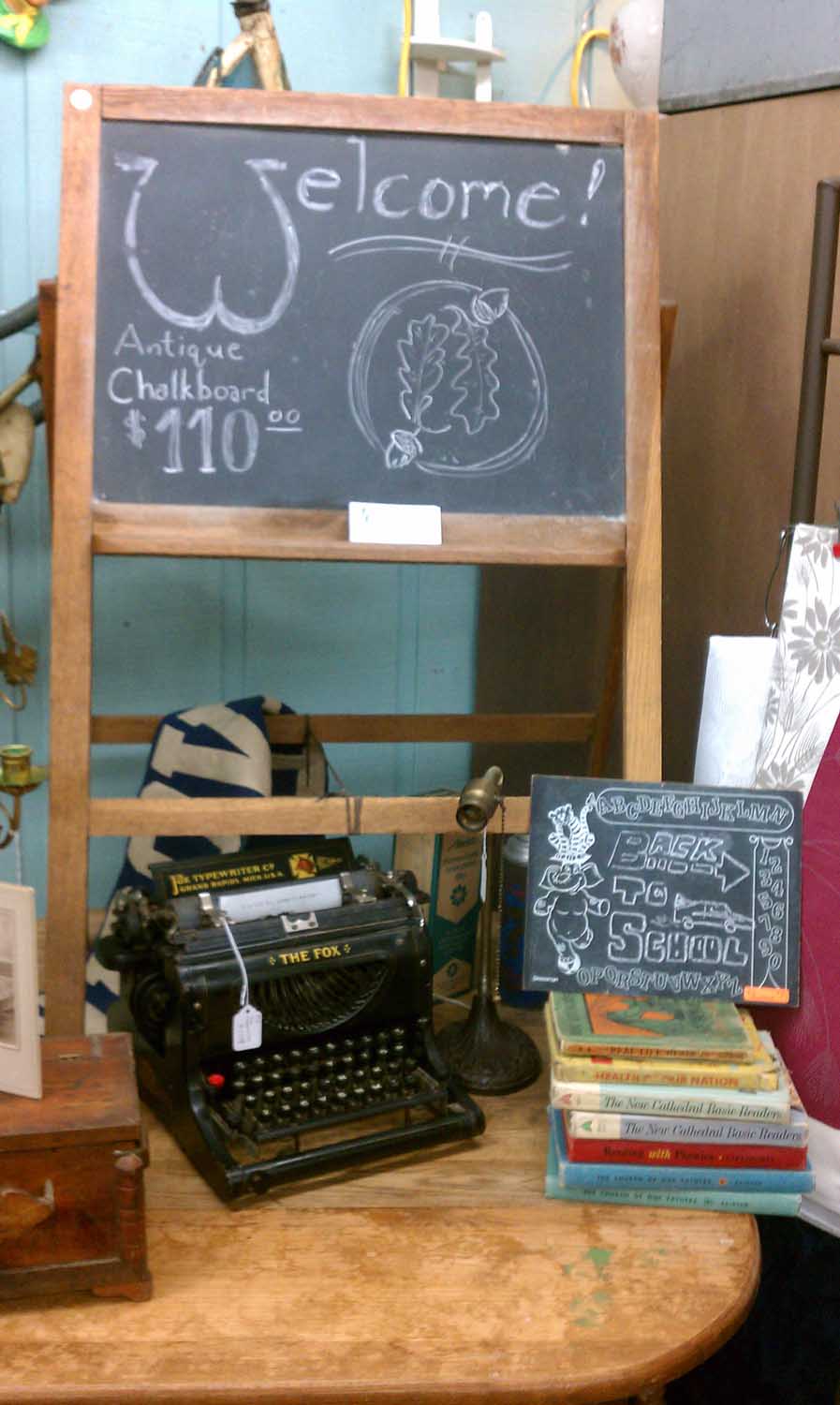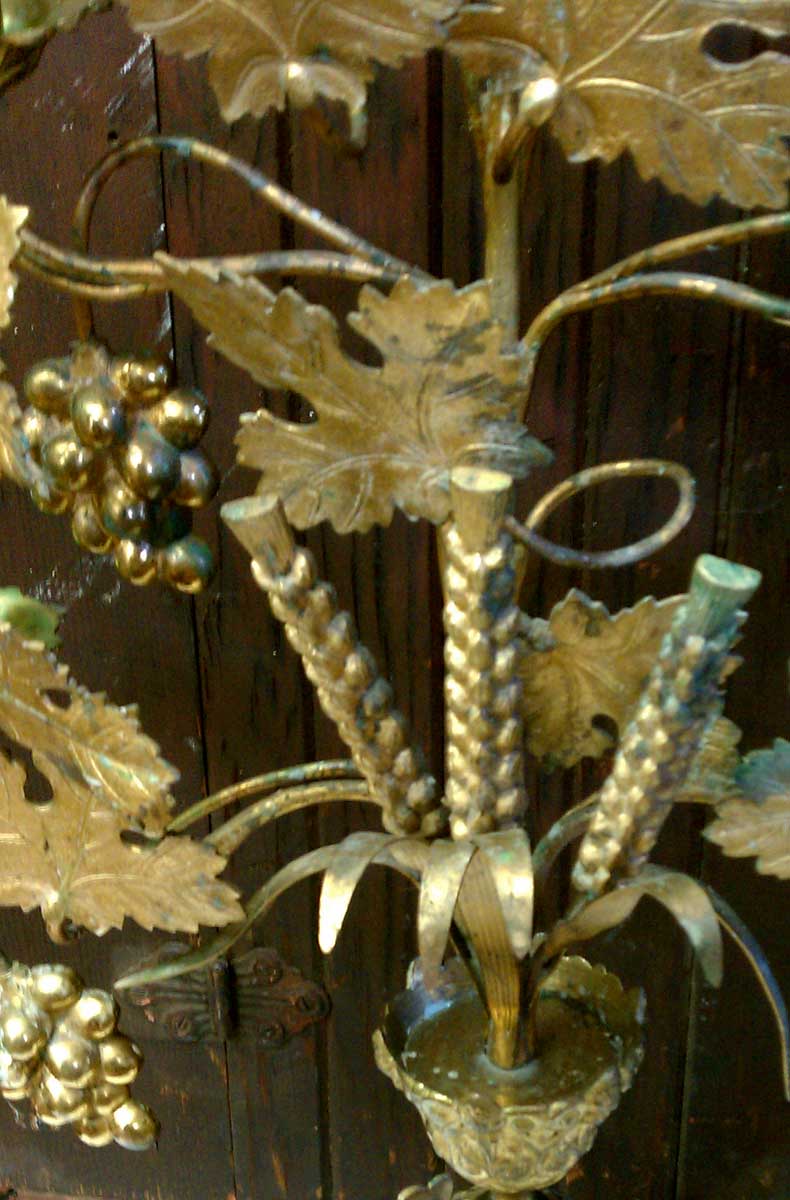Tag: antiques
-
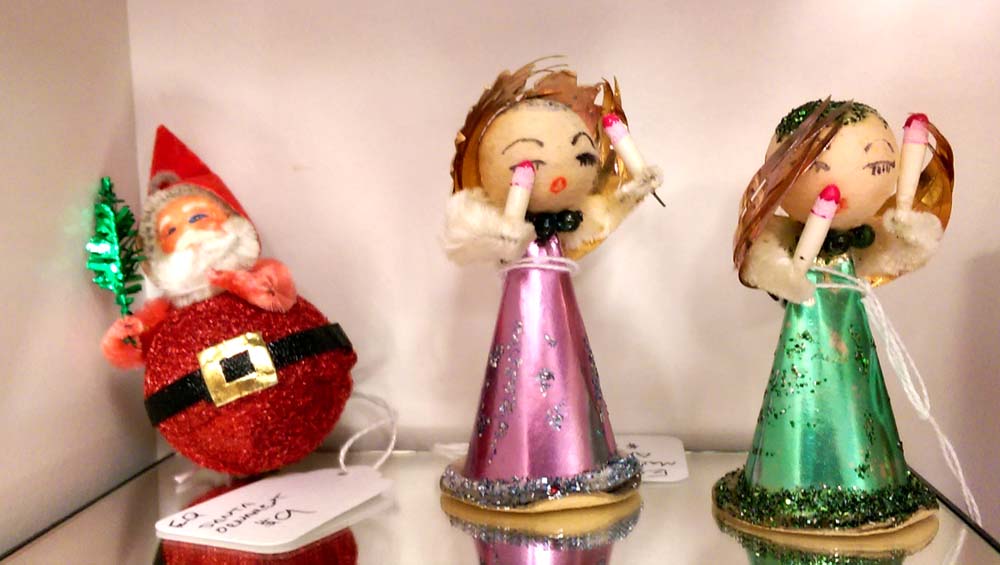
Have Yourself A Kitschy Little Christmas!
We’ve been trying to keep our space at Exit 55 Antiques (Fergus Falls, MN) full of Christmas items — but they are selling so fast! Yes, the vintage reindeer are practically flying out of the shop, but we do have a pair of the vintage or retro plush reindeer stuffed with sawdust. And there are…
-
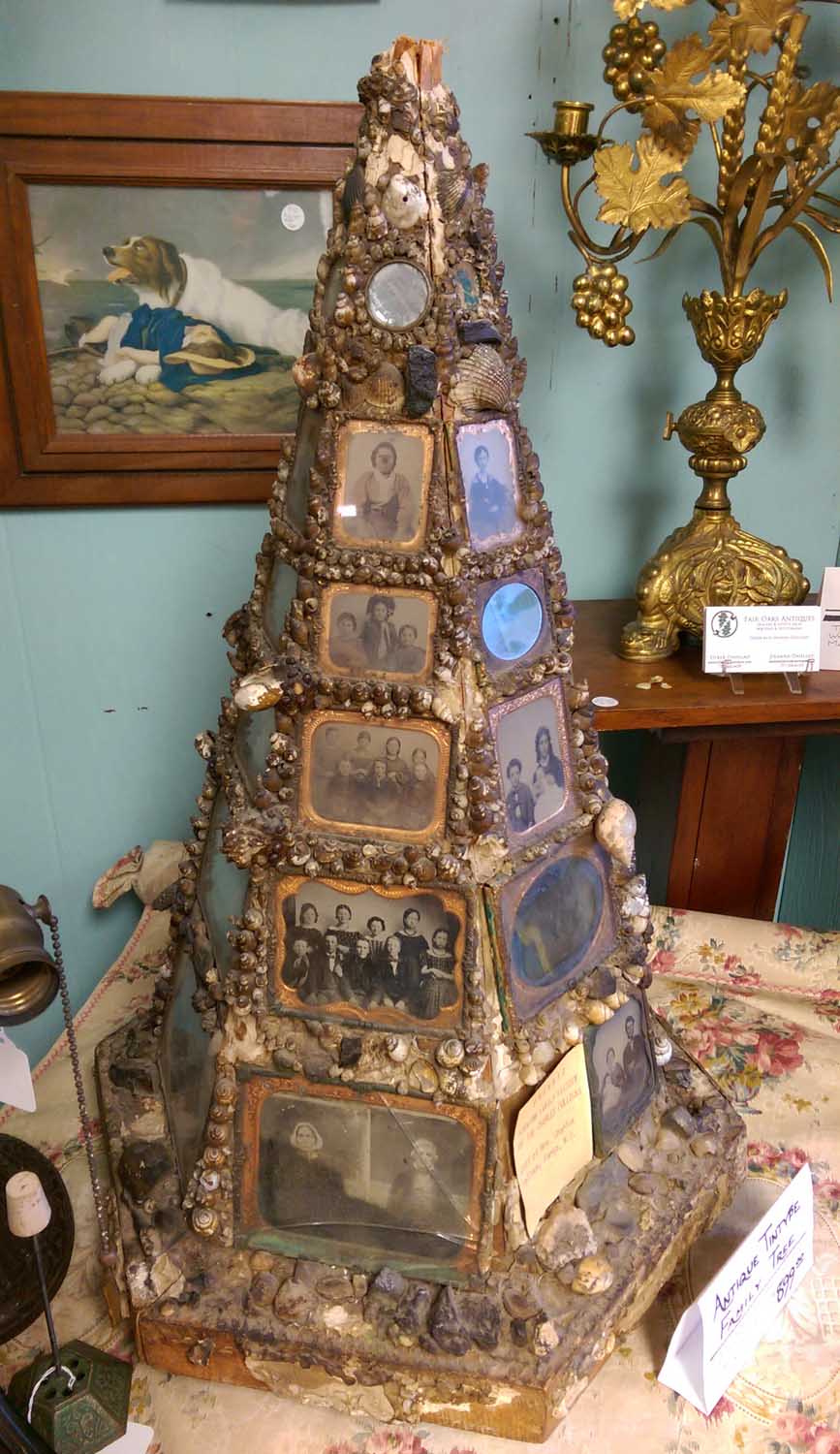
A Rare Antique Folk Art Find: A Family Tree Made Of Tintypes
A few weeks ago, my husband & I attended an auction at the Cass Country Historical Society. The museum was deaccessioning hundreds of items in order to raise funds to replace the historic St. John’s Lutheran Church which had suffered too much damage from a fire. On one trailer full of guns & ammo, I…
-
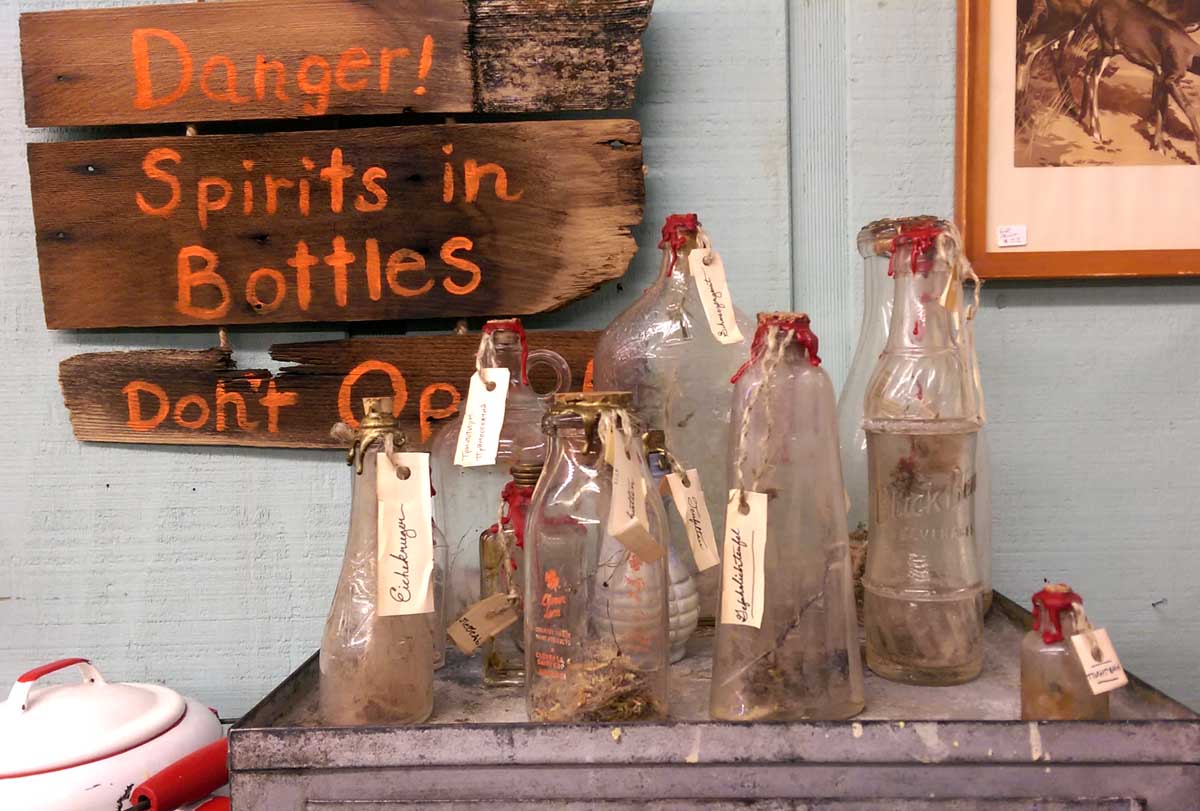
Making Spirit Bottles
There are many stories and legends about trapping spirits or imps in bottles, and they are especially fun to make and display at holiday time. When you see these, you may be tempted to not even clean out your fresh-from-the-dirt bottles — but remember, there may be dead mice and far worse hiding in them.…
-
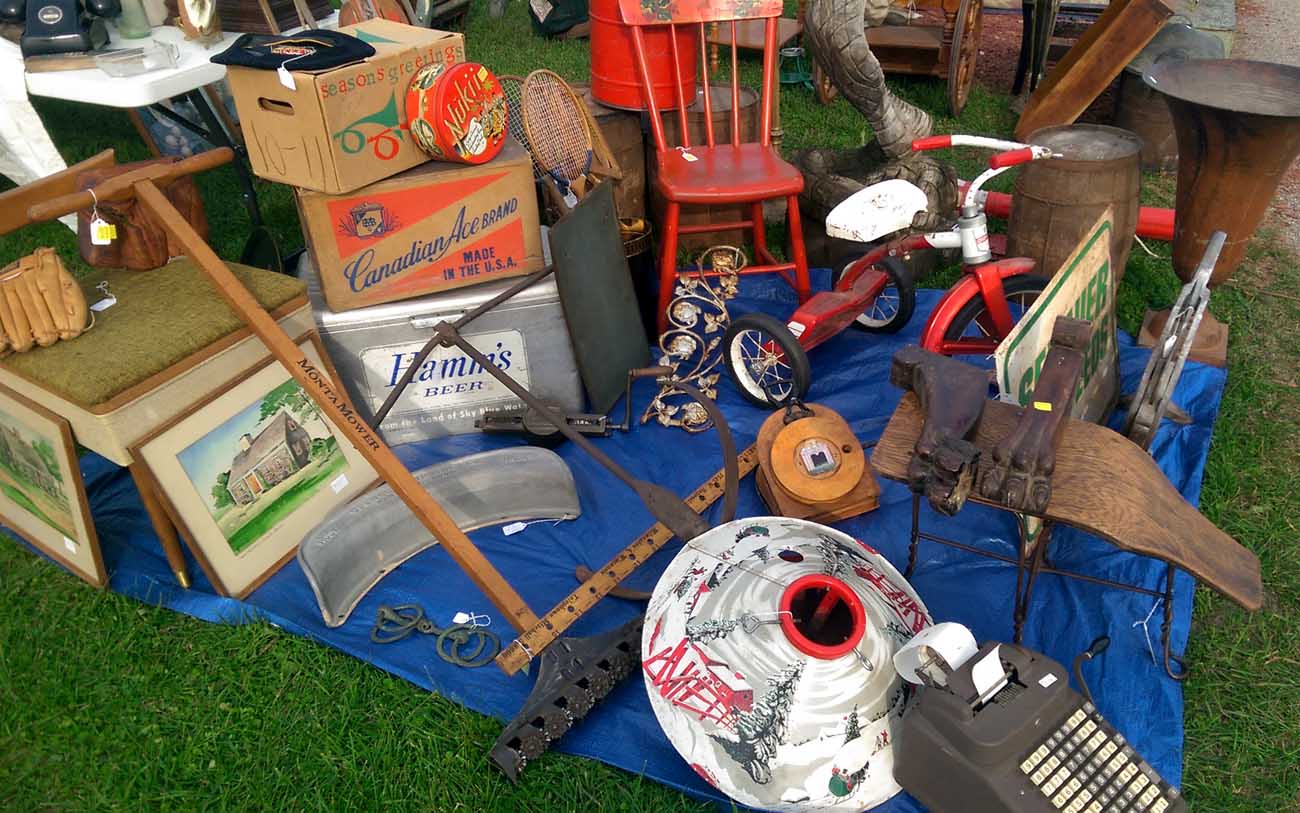
The End Of The Antique Season?!
Gosh, this week has flown by! I spent the week helping my folks, aka Antiquips, of No Egrets Antiques, with their latest estate sale. It was a very large estate, just full of Asian art & decor — including this set of vintage Bronzeware flatware. (Yes, flatware comes in bronze!) It was amazing how much…
-
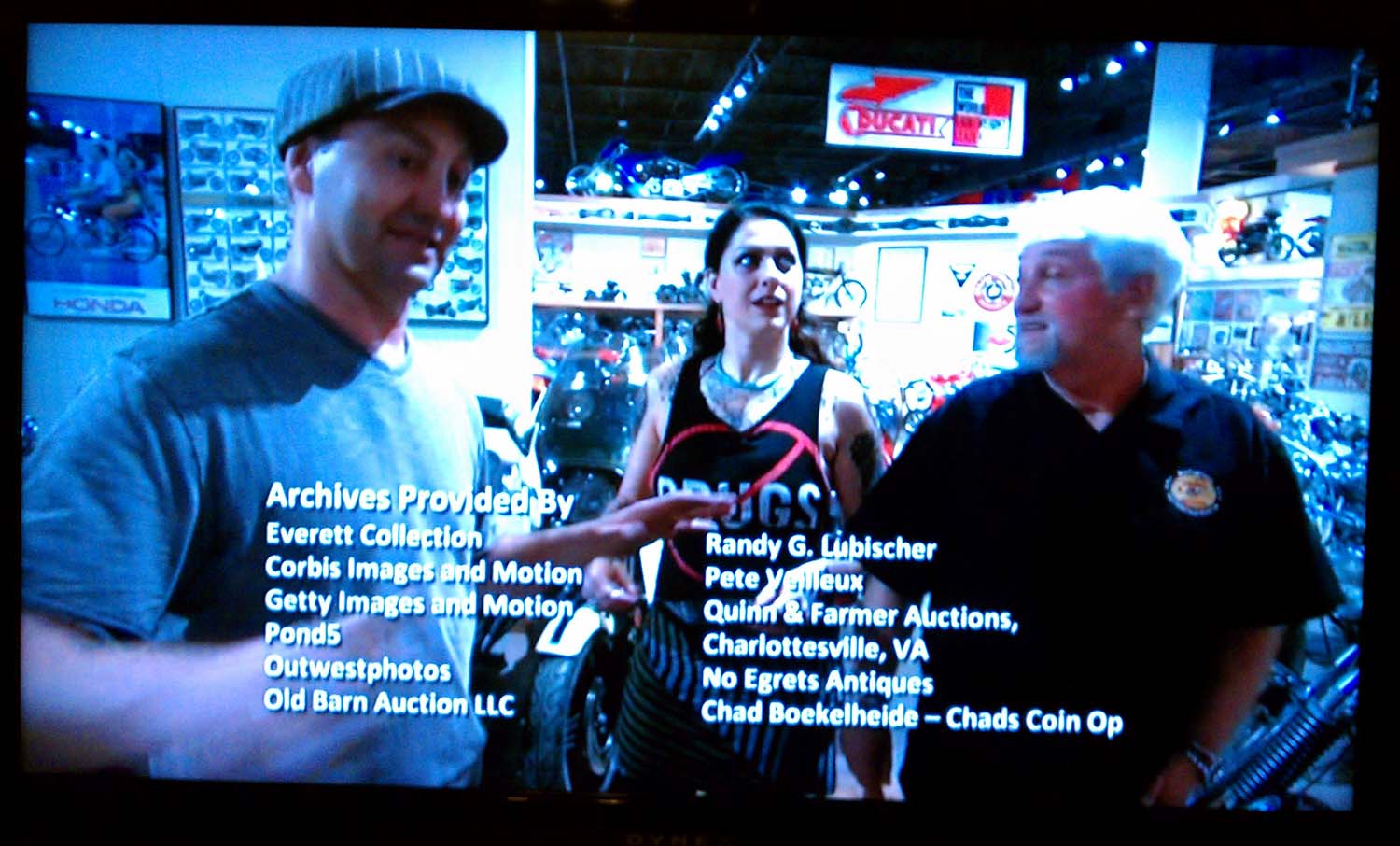
All In The Family — Of Antique Dealers!
My parents, of No Egrets Antiques, were credited on this week’s episode of American Pickers on the History Channel! Their name appeared in the credits as part of the “Archives Provided By” team of experts, which meant they had helped Mike, Frank, and the crew with some research and photographs used on the show. The…
-
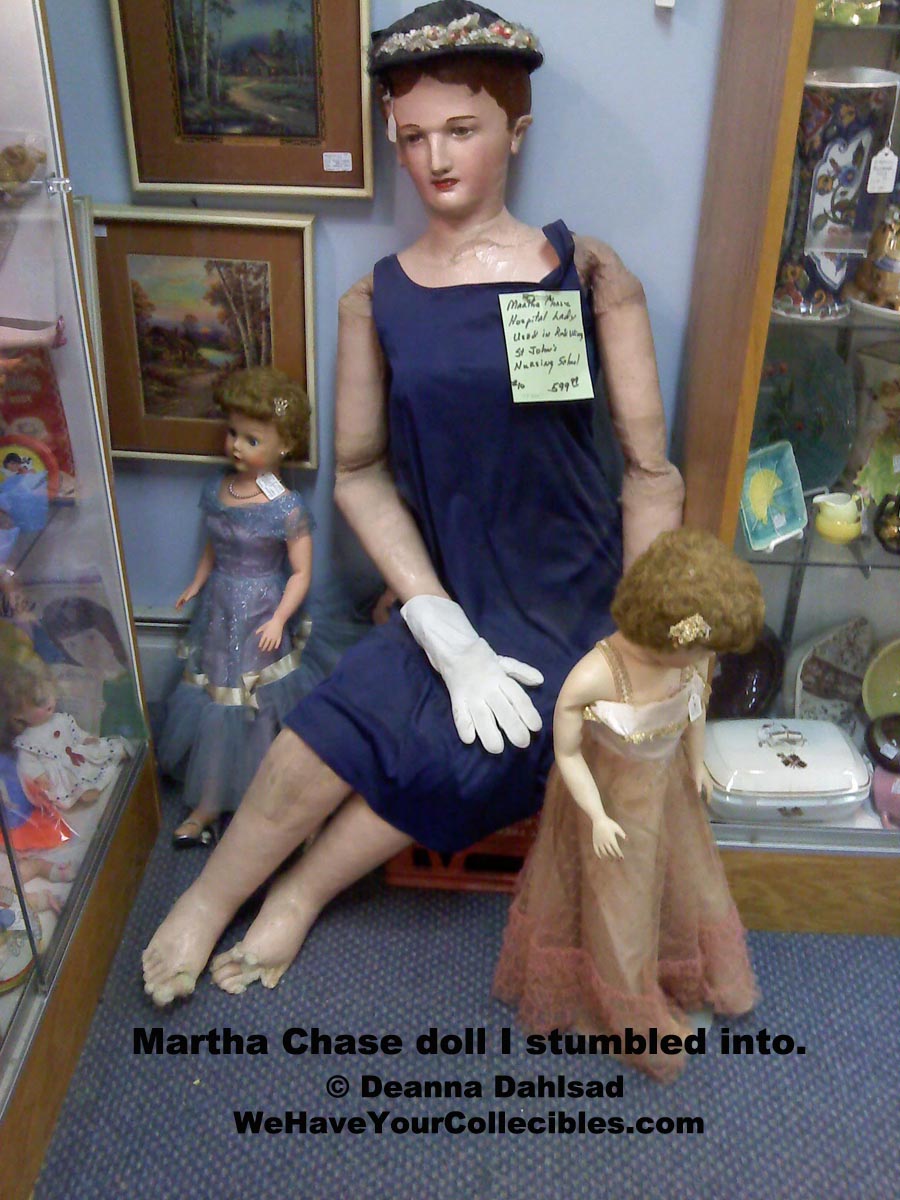
Educational Doll Articles
Just finished my doll articles for the Dolls By Diane newsletter. This time, I write about a large doll I literally was shocked to find — Slumped like that on the floor, I thought she was a person at first! She’s an old Martha Chase doll; but to find out more you’ll need to read…
